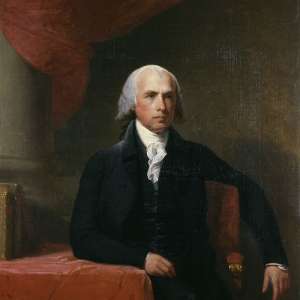
Jacob Bernoulli's entries about mechanics in his scientific notebook, the ‘Meditationes’, reveal new facts about the history of the catenary curve. Bernoulli's analyses show that the catenaria, velaria, lintearia and elastica curves together form a family of curves, which I will refer to as the funicularia family. Attending to the history of the whole family of these curves provides remarkable insights into the origin of the catenary problem and the process of its discovery.
Studying the ‘Meditationes’ together with Bernoulli's correspondence and publications shows how analysis of one curve led him to the discovery of the others. As a result, this study shows that – although Leonhard Euler is known to be the one who unified the catenary problem and the elastica problem in 1728 – Jacob Bernoulli had in fact proven the same more than thirty years earlier, providing in his notebook a general differential equation for this family of curves. Furthermore, I demonstrate Jacob Bernoulli's priority over his brother Johann in finding the velaria curve.









































